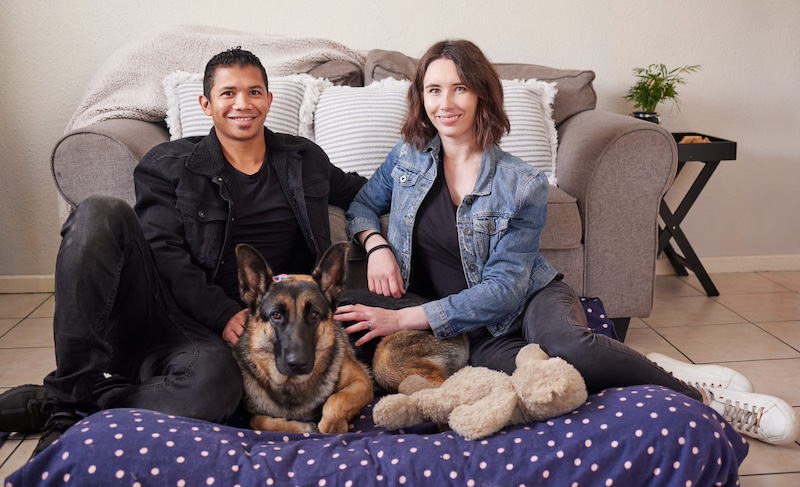Adopting a rescue dog is a rewarding experience, but it comes with its own set of challenges. Rescue dogs often have a history of neglect, abuse, or abandonment, making it essential to create a nurturing environment where they can feel safe and loved. Here are 15 tips to help your rescue dog adjust to their new home and thrive.
1. Patience is Key

One of the most important things to remember when bringing a rescue dog into your home is to be patient. Your dog may need time to adjust to new surroundings, people, and routines. Avoid rushing the process and allow them to acclimate at their own pace.
2. Create a Safe Space
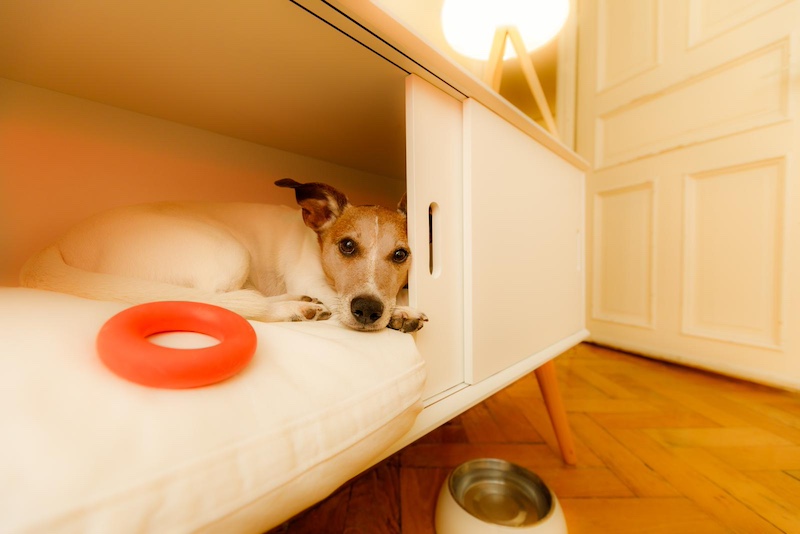
Designate a quiet area in your home where your dog can retreat whenever they feel overwhelmed. This could be a cozy corner with their bed, toys, and a blanket. A safe space helps them feel secure and gives them a sense of ownership in their new environment.
3. Establish a Routine
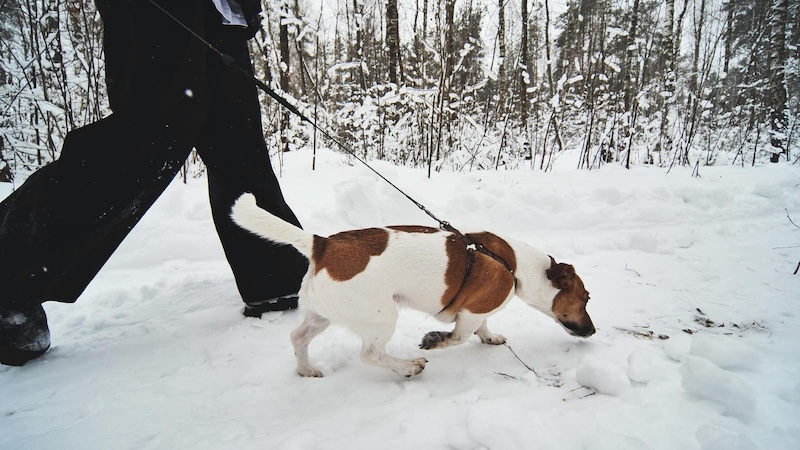
Dogs thrive on routine, and rescue dogs are no exception. Establish regular feeding, walking, and sleeping schedules to provide a sense of stability. A consistent routine helps your dog understand what to expect, reducing anxiety and promoting confidence.
4. Gradual Introductions
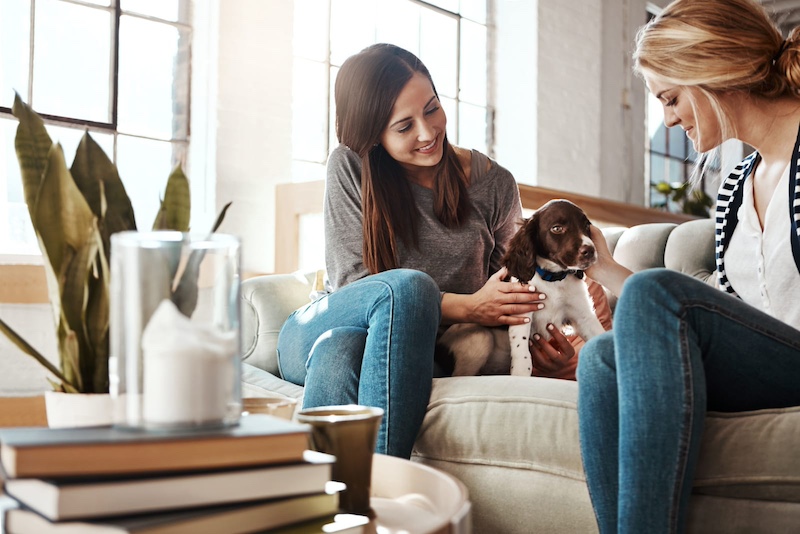
Introduce your rescue dog to new people, pets, and environments gradually. Overwhelming them with too many new experiences at once can lead to stress. Start with short, positive interactions and gradually increase exposure as your dog becomes more comfortable.
5. Use Positive Reinforcement
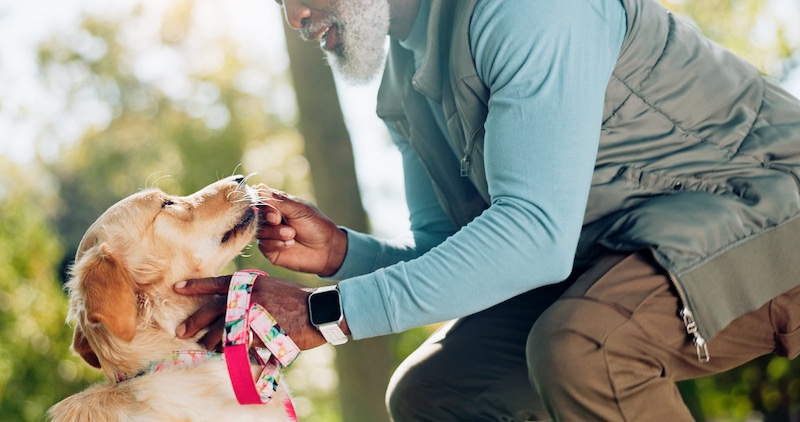
Positive reinforcement is an effective training method, especially for rescue dogs. Reward your dog with treats, praise, and affection when they exhibit desired behaviors. This encourages them to repeat those behaviors and strengthens your bond.
6. Respect Their Boundaries

Your rescue dog may have boundaries that you need to respect. They might not be comfortable with certain types of touch, loud noises, or unfamiliar situations. Observe their body language and avoid pushing them into situations that make them uncomfortable.
7. Provide Mental Stimulation
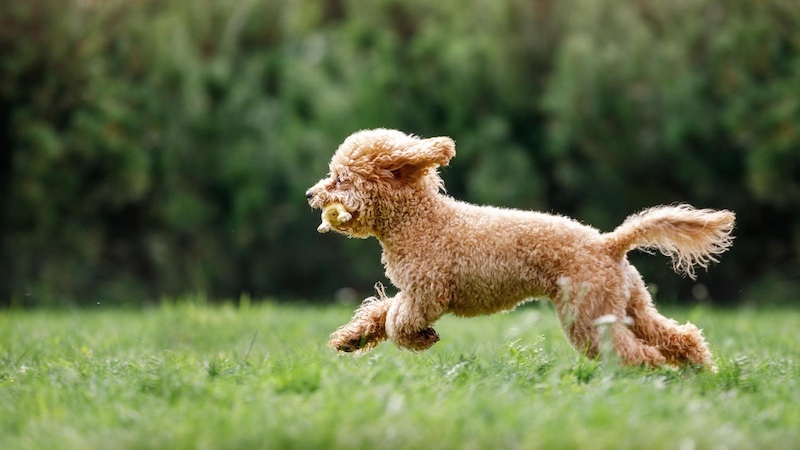
Mental stimulation is just as important as physical exercise. Provide puzzle toys, interactive games, and training sessions to keep your dog’s mind engaged. Mental stimulation helps prevent boredom and destructive behavior while promoting a positive mental state.
8. Socialization with Care
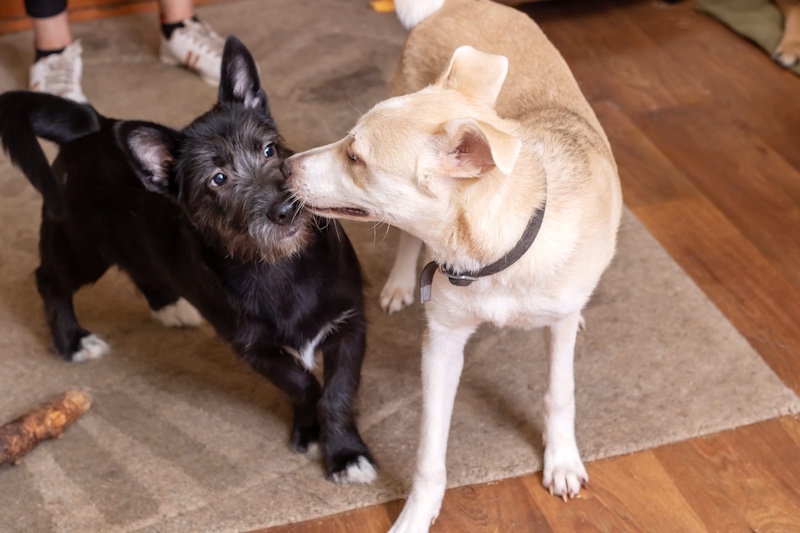
Socializing a rescue dog should be done carefully and gradually. Start with calm and controlled environments before introducing them to busier settings like dog parks. Socialization is crucial for building confidence and helping your dog feel comfortable around others.
9. Consult a Veterinarian

Schedule a vet visit soon after bringing your rescue dog home. A thorough health check is essential to address any medical issues and ensure your dog is up-to-date on vaccinations. Your vet can also provide guidance on nutrition, behavior, and overall care.
10. Set Realistic Expectations
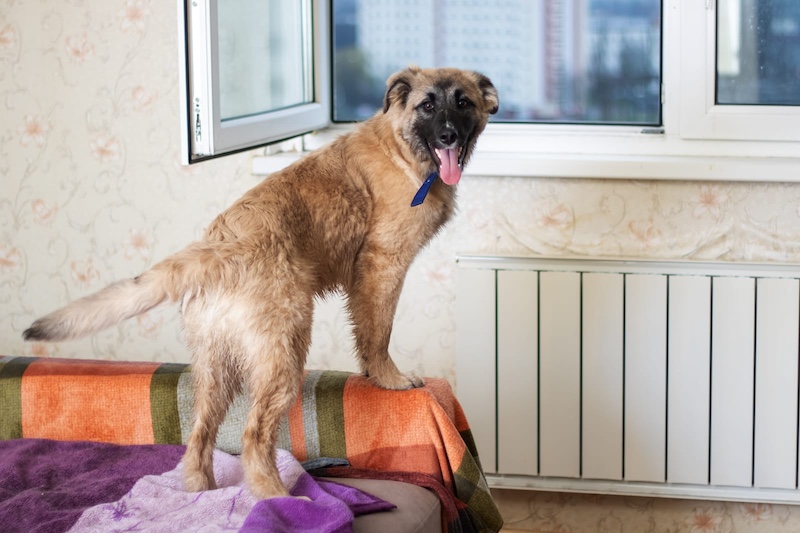
Understand that your rescue dog may come with baggage from their past. They might have trust issues, separation anxiety, or other behavioral challenges. Setting realistic expectations allows you to be more understanding and supportive as they work through these issues.
11. Consistency in Training
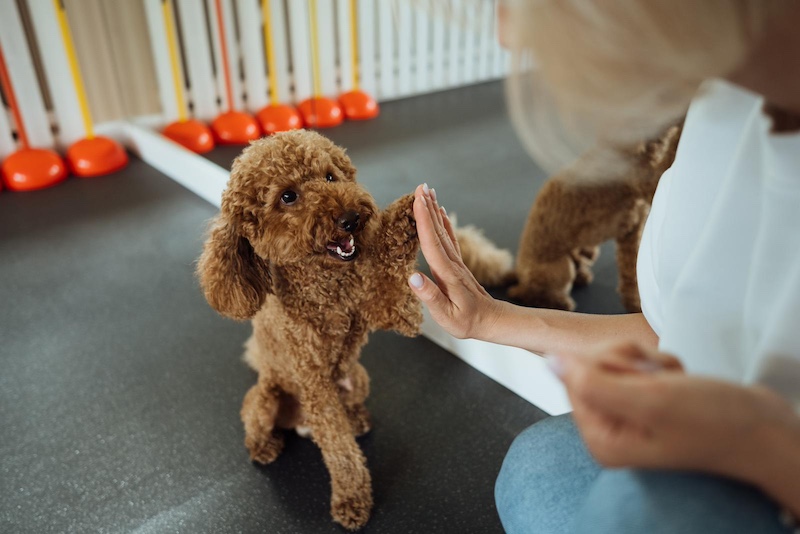
Consistency is vital in training a rescue dog. Use the same commands, gestures, and tone of voice during training sessions. Consistent training helps your dog understand what is expected of them and reduces confusion.
12. Give Them Time to Adjust
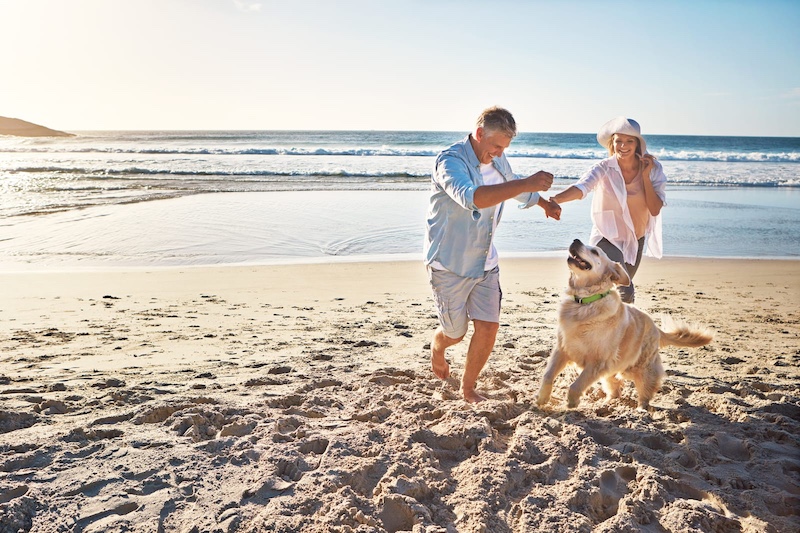
It’s essential to give your rescue dog time to adjust to their new home. Avoid introducing too many new experiences, people, or activities all at once. Allow them to gradually become accustomed to their surroundings, which can take weeks or even months.
13. Use a Gentle Approach
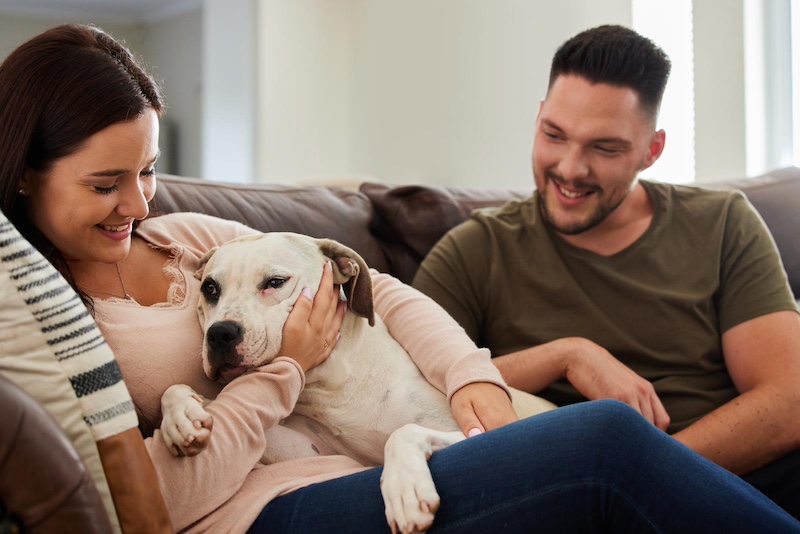
When handling your rescue dog, always use a gentle approach. Sudden movements or harsh tones can trigger fear or anxiety, especially if they have experienced trauma in the past. Soft, calm interactions help build trust and make them feel safe.
14. Monitor Body Language

Your dog’s body language can tell you a lot about how they’re feeling. Watch for signs of stress, such as cowering, tail between the legs, or avoiding eye contact. On the other hand, relaxed ears, a wagging tail, and a playful demeanor indicate comfort and happiness.
15. Celebrate Small Wins
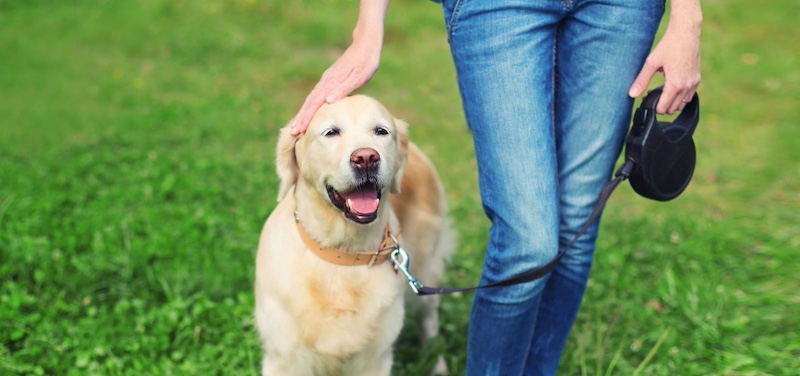
Celebrate every small victory, whether it’s your dog learning a new command, feeling comfortable in their bed, or simply wagging their tail when you come home. These small wins are significant milestones in your rescue dog’s journey to feeling safe and loved in their new home. Please Note: This content was created with the assistance of AI and thoroughly edited by a human before publishing.

